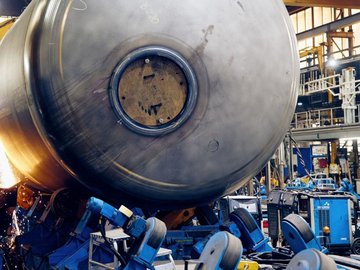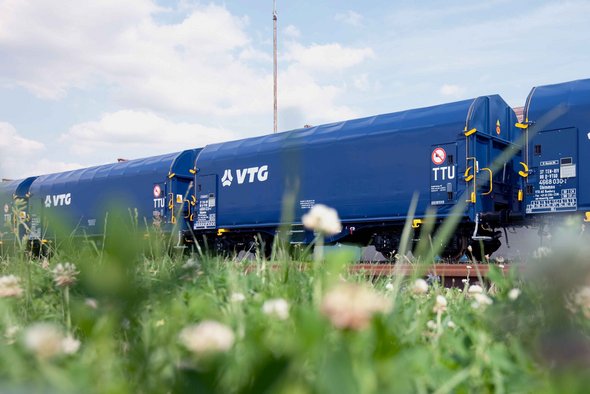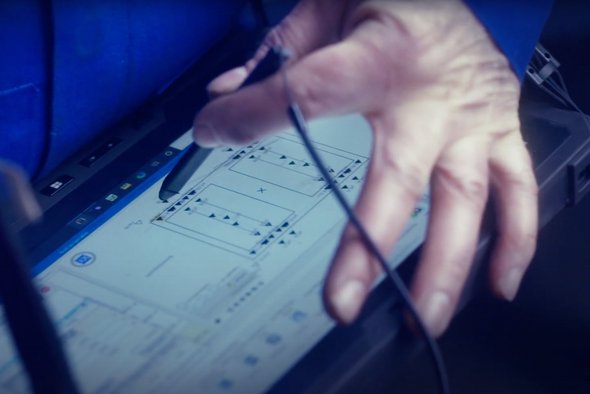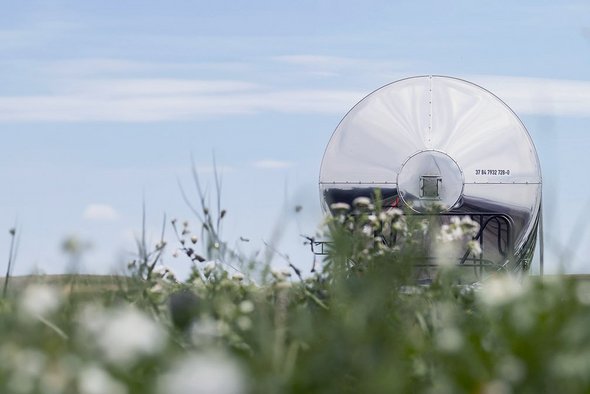
Company
Waggonbau Graaff GmbH, a subsidiary of VTG GmbH, has a made a name for itself as a professional, innovative and high-quality manufacturer of rail freight wagons.
History
In the early 1990s, the Elze-based company added to its wagon production portfolio by developing and building its own high-quality refrigerated wagons to carry foodstuffs. Several more development and construction projects followed:
- Shimmns coil transport wagons with tarpaulin covers (1996)
- Wagons to carry cars and trucks to the German island of Sylt (on the Sylt Shuttle, 2000)
- Silo wagons with stainless steel containers to carry foodstuffs (2002)
Waggonbau Graaff became the VTG Group’s innovation platform. Keen to draw on the wagon builder’s wealth of experience in developing special freight wagons, VTG was now able to quickly implement its own innovations, respond to individual customer requests and develop customised models. In 2010, Waggonbau Graaff also launched the development of high-grade tank car valves.



